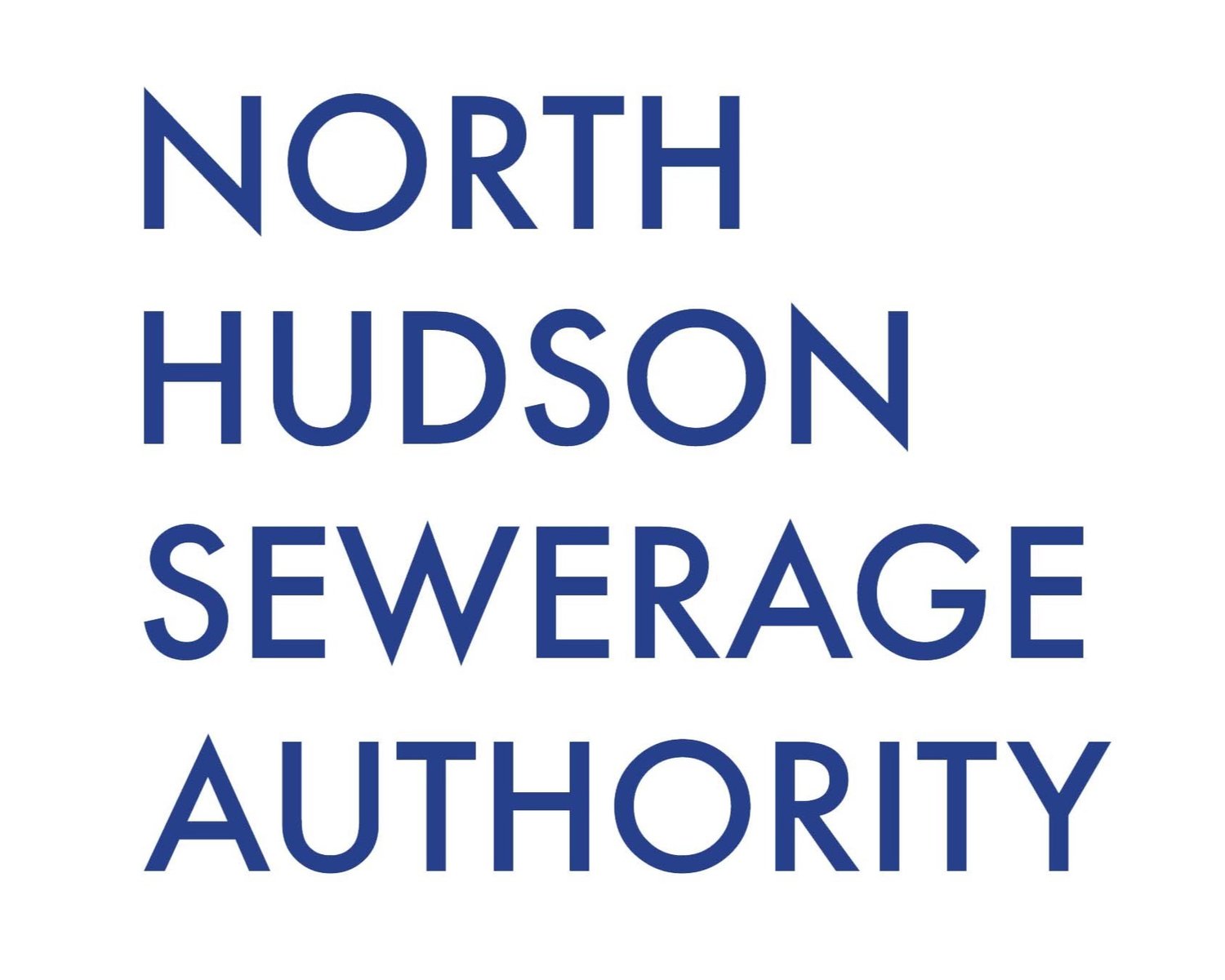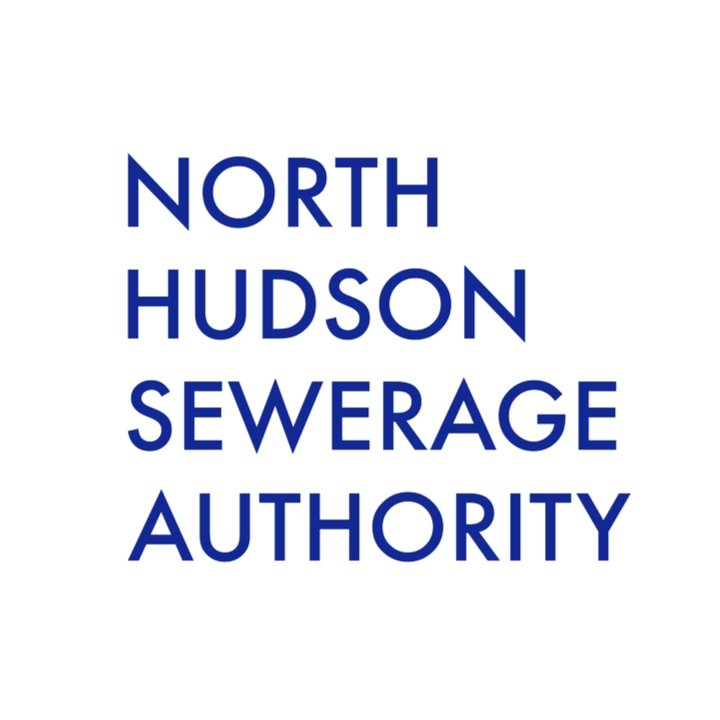Long Term Control Plan
Stewards of the Hudson River
One of the most important roles of the North Hudson Sewerage Authority (North Hudson) is contributing to the ongoing water quality improvement of the Hudson River. This almost 50-year effort, which was mandated by the 1972 Clean Water Act, has made great progress. Today, fish have returned to the river waters and kayaks are a common sight.
Getting to this point has not be easy, especially because North Hudson has a combined sewer system. Most of our system is a single pipe system, combining, when it rains, stormwater with wastewater.
In dry weather, the wastewater passes easily through the treatment plants, and the cleaned flow is discharged harmlessly into the Hudson River. But when it rains, the combined flows can become too much for the wastewater plants to handle. The plants are by-passed, and some of the combined wastewater and stormwater (CSO) is discharged into the Hudson River.
What is the Long Term Control Plan to reduce CSO’s?
These partially treated overflows do not help to make the River cleaner. That’s why in 2015 the Federal and State governments required all NJ water body dischargers with CSOs to develop plans to reduce the number of combined overflows. Since then, North Hudson has been working on a Long-Term CSO Control Plan (LTCP) which is due in June 2020.
Step 1: System Characterization
System characterization is just a fancy phrase for knowing the ins-and-outs of our operations and assets. What do we have? How is it working? What kind of shape is it in?
The primary objective is to develop a detailed understanding of our combined sewer system and its impact on the Hudson River. This assessment establishes the existing baseline conditions. From there, we can figure out what we need to do to improve Hudson River water quality. In short, the characterization work helps to identify and prioritize specific CSO controls that will be in our LTCP. The LTCP has several stages: system characterization, development of alternatives, selection of approach, and implementation – all spread over the next 20 to 30 years.
What Have We Done So Far?
The work to reduce CSOs goes back many years, before the current 2015 Federal and State mandate.
Over the last 20 years, North Hudson has eliminated three CSOs that discharge into the Hudson River. Today, it has nine.
Over 5.5 miles of sewers have been relined, replaced and rehabilitated to increase capacity and flow to the treatment plants during rain events.
Treatment systems have been upgraded.
End-of-pipe controls have been put into place to provide basic treatment at the outfalls.
Green infrastructure projects have been undertaken throughout the entire service area.
Detention tanks have been built under public parks.
Wet weather pump stations have been constructed.
Public notification systems were put into place to alert the public when CSOs are active.
All these initiatives, a $65 million investment, have already made a difference in reducing the volume of CSO discharges during rain events.
The H1 Wet Weather Pump Station helps keep southwest Hoboken dry during storms.



